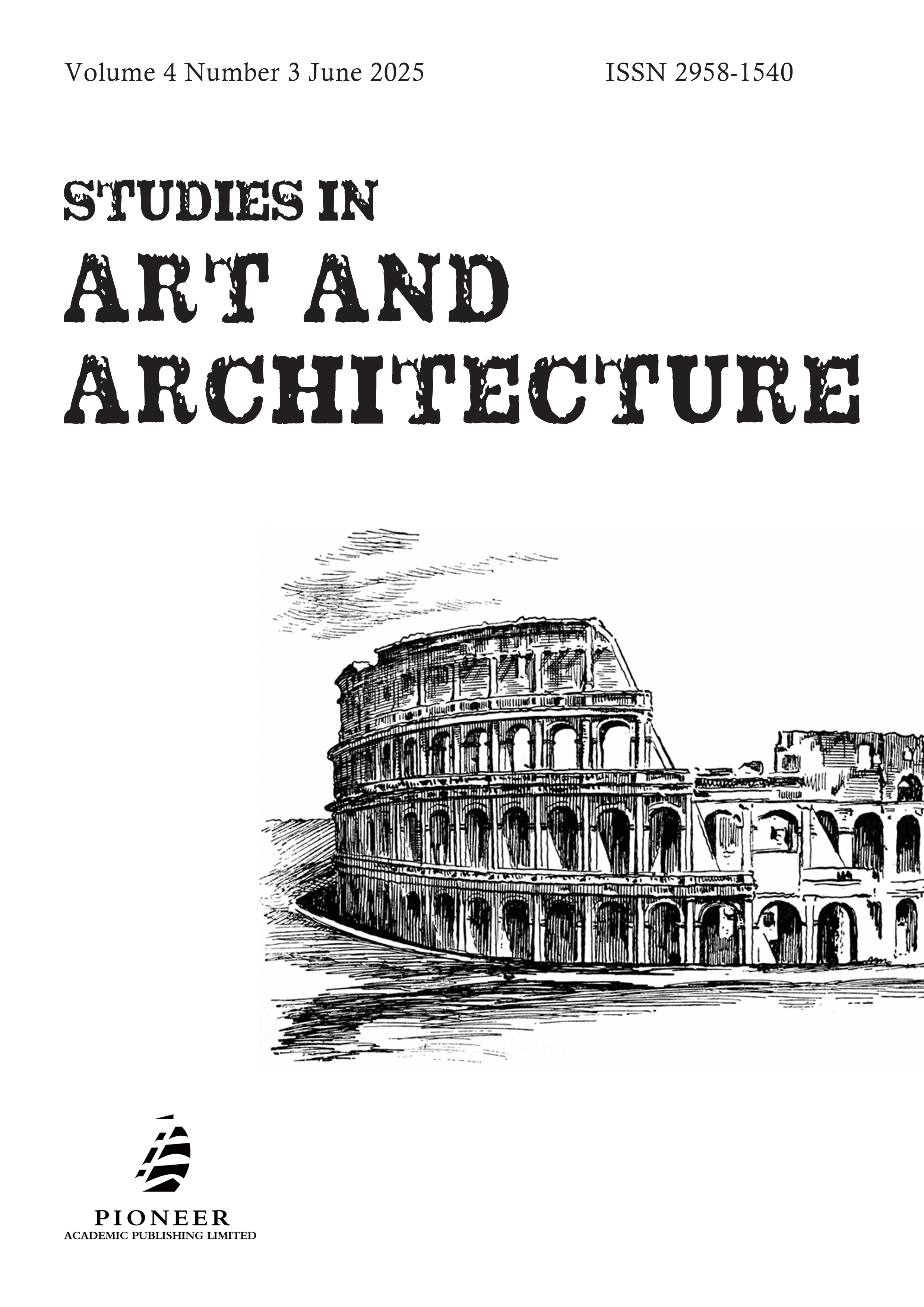Algorithmic Templates Influence Aesthetic Decision-Making in Korean Visual Communication Curricula
DOI:
https://doi.org/10.56397/SAA.2025.06.05Keywords:
visual communication education, algorithmic design, aesthetic standardization, Korean design curricula, creative automation, design pedagogy, student expression, visual literacyAbstract
This study examines how algorithmic design templates influence aesthetic decision-making within Korean visual communication programs. As educational institutions align their curricula with industry demands and digital design tools, students increasingly rely on pre-structured visual systems embedded in platforms such as Figma, Adobe XD, and Canva. Through comparative curriculum analysis, portfolio audits, and interviews with students and faculty at leading Korean art universities, this research reveals a shift from intuitive, exploratory design toward system-driven visual logic. While templates offer efficiency and professional polish, they also contribute to a homogenization of student work and a narrowing of conceptual inquiry. The paper argues for a redefinition of visual literacy that accounts for procedural authorship and critical engagement with automated design environments. It concludes by proposing pedagogical strategies that balance technical fluency with aesthetic experimentation in the computational era.


